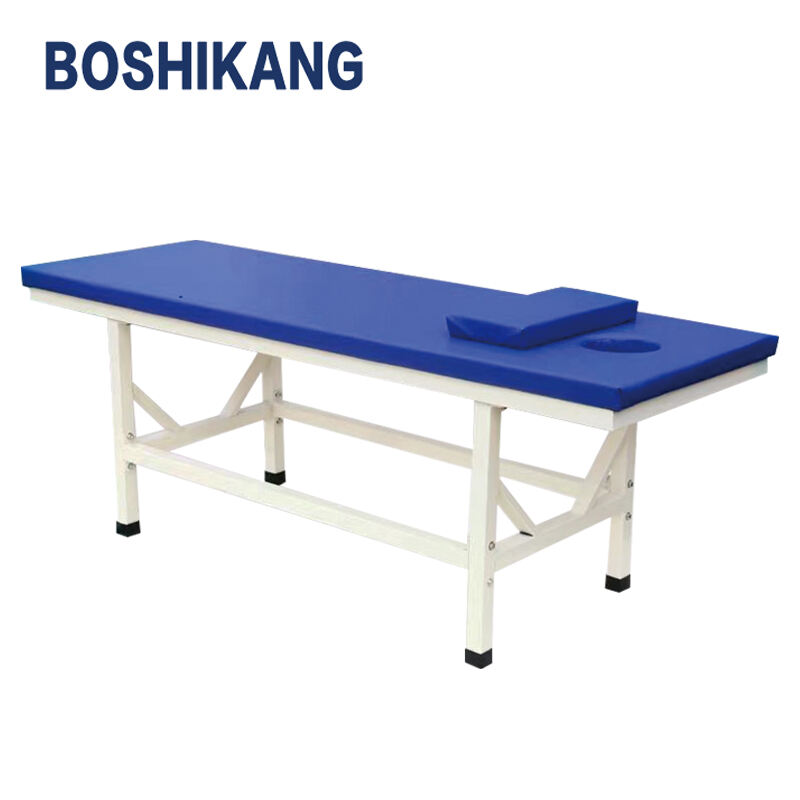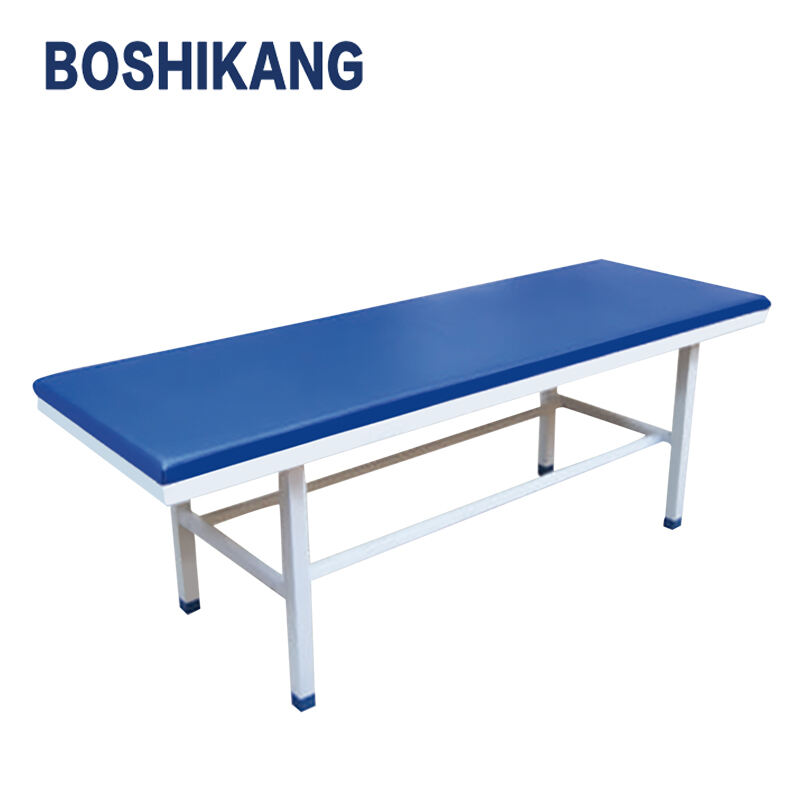patient examination bed price
Patient examination bed prices vary significantly based on features, quality, and technological capabilities. Modern examination beds typically range from $1,000 to $5,000, offering various functionalities to enhance patient care and practitioner convenience. These beds incorporate adjustable height mechanisms, allowing healthcare providers to work at optimal ergonomic positions. Most models feature sectional adjustments for head and foot positioning, enabling multiple examination positions. The pricing structure often reflects the inclusion of advanced features such as electric controls, memory position settings, and weight capacity ratings. Premium models include additional features like built-in storage drawers, paper roll holders, and seamless upholstery for improved infection control. The construction materials, such as powder-coated steel frames and high-density foam padding, contribute to durability and patient comfort, influencing the final price point. Manufacturers often offer warranty packages and maintenance services, which may affect the overall cost. The price also accounts for safety certifications and compliance with medical device regulations, ensuring reliability and patient safety.


